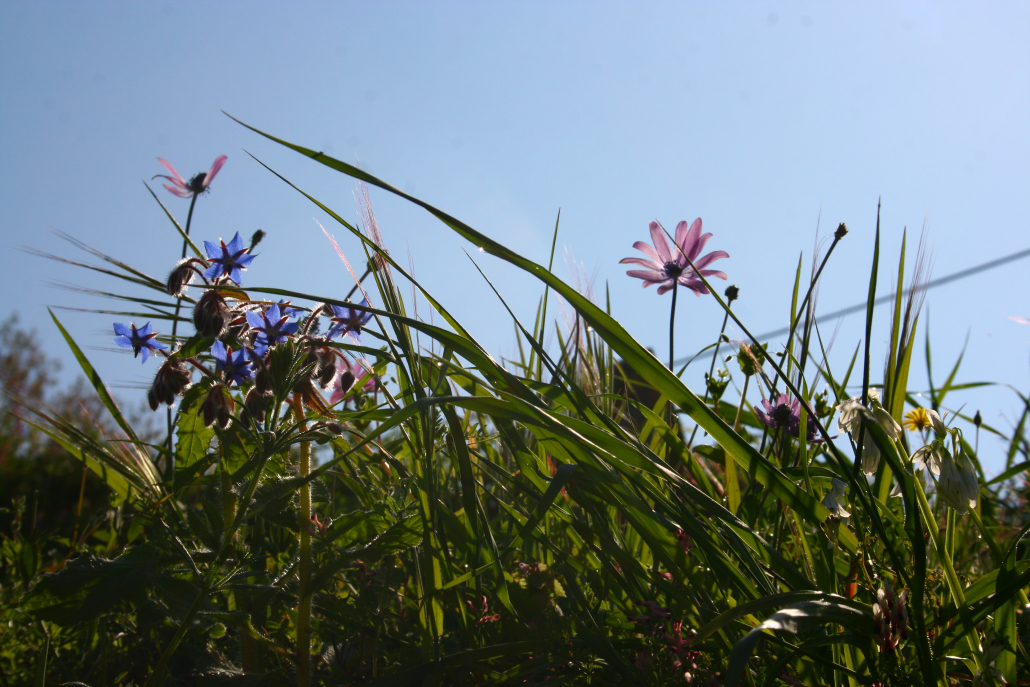History
The name of this village clearly indicates its Roman origin; it actually derives from a “fundus Lunianus”, specifically a “plot of land belonging to Lunius”. This typology of names was very frequent in our district; it is called “prediale romano”, that is to say: names deriving from pieces of land (“praedius”) belonged to Roman soldiers. In 80 A.C., all the territory surrounding Pisa was divided into lots that were distributed as a reward to the army veterans. Some of these agricultural lots gave rise to stable settlements that retained their ancient Roman name also in the Middle Ages.
We have no Roman finds in the village. Lugnano was first mentioned in documents in 1005; in the following centuries, we find it mentioned in proceedings listing laic and religious properties linked to the city of Pisa.
The most important activities in modern times were river navigation and pottery making.
The Monuments
On the main square, there is the church of “Santi Quirico e Giulitta”, first mentioned in a document dated 1137, but more than once restored in the following periods. Just outside the village, there is the church of San Giorgio, mentioned in 1372, heavily restored in the 18th century and finally reconstructed in Romanesque style in 1939. The church contains the substantial remains of the villa built by the camaldolese abbot Guido Grandi (1671-1742).





 comune vicopisano
comune vicopisano